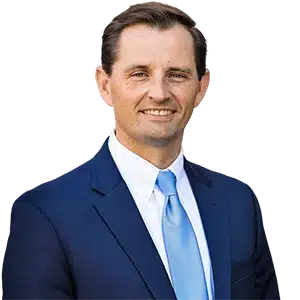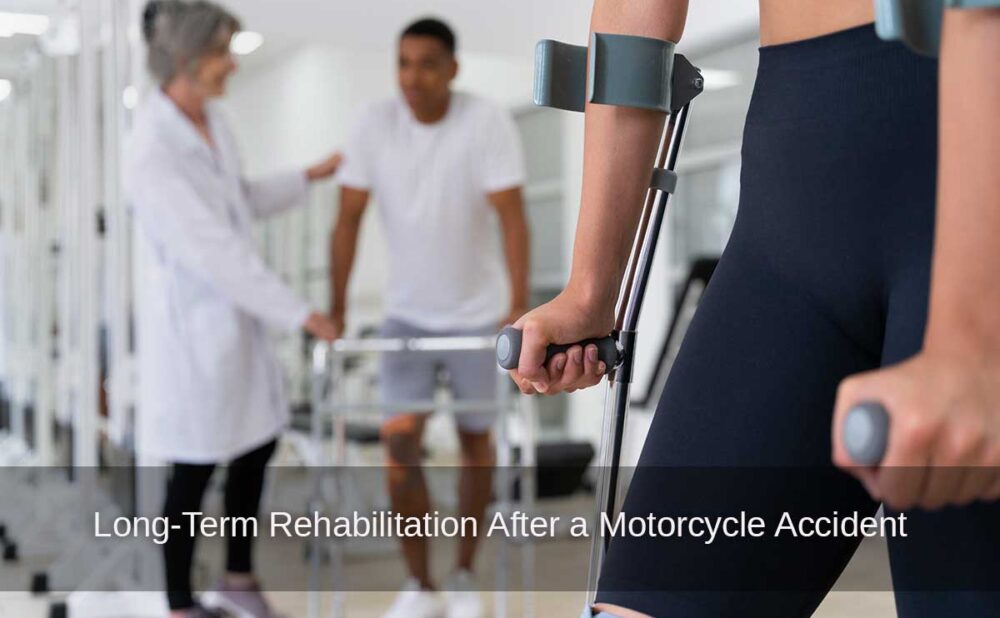Long Term Rehabilitation After a Motorcycle Accident
Motorcycle accidents can lead to devastating injuries that may require extensive medical care and long-term rehabilitation. The road to recovery after such an incident is long and challenging. With the right care and dedication, many individuals can regain their independence and quality of life.Long-term rehabilitation is a crucial phase of recovery, aiming not only to restore physical function but also to address mental and emotional well-being. Here’s a closer look at what long-term rehabilitation after a motorcycle accident involves.
Medical Treatment and Surgery
Initially, the focus of recovery is on stabilizing the individual’s condition and treating any acute injuries. Motorcycle accidents often result in serious injuries such as broken bones, spinal cord injuries, head trauma, internal injuries, and soft tissue damage. Many people require surgeries to repair fractures, relieve pressure on the spine, or address internal bleeding.
The rehabilitation process begins after the immediate medical needs are addressed. This stage may include further surgeries or treatments to correct issues that were not initially apparent. For example, bone fractures may require follow-up procedures, or nerve damage may necessitate specialized treatment. A medical team consisting of doctors, surgeons, and rehabilitation specialists will coordinate care to ensure a comprehensive approach to recovery.
Physical Therapy (PT)
Physical therapy is perhaps the most significant aspect of long-term rehabilitation. After a motorcycle accident, individuals may experience difficulty with mobility due to fractures, nerve damage, or musculoskeletal injuries. The goal of physical therapy is to restore strength, flexibility, and coordination.
A physical therapist will work with the individual to create a tailored rehabilitation plan. This plan may include exercises designed to:
- Improve muscle strength and endurance
- Increase joint flexibility
- Regain motor skills and coordination
- Enhance balance and posture
- Manage pain and prevent further injury
Patients progress at their own pace during physical therapy. In some cases, it may take months or even years to fully regain mobility, depending on the severity of the injuries.
Occupational Therapy (OT)
Occupational therapy helps individuals regain the ability to perform everyday tasks affected by their injuries. These tasks might include dressing, cooking, driving, or returning to work. The goal of OT is to maximize the patient’s independence and quality of life.
An occupational therapist will assess the patient’s living environment, daily routines, and abilities. From there, they will develop strategies to help the patient adapt to new physical limitations. This might involve recommending assistive devices, suggesting modifications to the home or workplace, or teaching patients new ways of performing tasks to prevent strain or injury.
Pain Management
Pain management is another critical aspect of long-term rehabilitation after a motorcycle accident. Many individuals experience chronic pain due to injuries sustained in the accident. Managing this pain effectively is vital to improving the quality of life during recovery.
Pain management may involve a combination of approaches, such as:
- Medications (e.g., pain relievers, anti-inflammatories)
- Nerve blocks or injections
- Physical therapy techniques (e.g., heat/cold therapy, massage)
- Alternative therapies (e.g., acupuncture, biofeedback)
Working closely with a pain management specialist, the patient and their medical team will create a personalized plan to help manage pain while minimizing side effects.
Psychological Support
Motorcycle accidents can take a significant toll on a person’s mental and emotional well-being. Beyond the physical injuries, individuals may struggle with feelings of depression, anxiety, and PTSD. The trauma of the accident, the pain of recovery, and the uncertainty about the future can all contribute to mental health challenges.
Psychological support is an essential part of long-term rehabilitation. Therapy with a psychologist or counselor can help the individual cope with the emotional aspects of recovery. Cognitive-behavioral therapy (CBT), for example, can help patients manage anxiety and stress, while counseling may assist in addressing feelings of trauma or grief. Support groups for accident survivors can also provide a sense of community and understanding during recovery.
Reintegration into Society and Work
As recovery progresses, the goal shifts toward reintegration into society and returning to work or other activities. Depending on the severity of the injuries, this process can be complex and require significant adaptation.
For many individuals, returning to work may involve negotiating modified duties or adjusting their work environment to accommodate their physical abilities. This could include desk jobs, part-time work, or alternative positions that don’t require the same level of physical exertion.
Social reintegration can also be challenging, especially if the individual has experienced visible injuries or scars. However, with the proper support, many accident survivors can resume social activities and participate in hobbies they once enjoyed.
Lifestyle Changes and Ongoing Maintenance
Long-term rehabilitation after a motorcycle accident often includes a significant lifestyle shift. Depending on the injuries, a person may need to make long-term adjustments to maintain health and prevent further injury. This could involve:
- Incorporating daily exercise or stretching routines to improve flexibility
- Maintaining a healthy diet to promote healing and strength
- Modifying home or work environments for greater accessibility
- Ongoing medical check-ups to monitor progress and address new concerns
For some individuals, the need for ongoing rehabilitation may never fully go away. Regular follow-up with medical professionals, continued physical therapy, and maintaining psychological well-being may be necessary for many years after the accident.
Long-term rehabilitation after a motorcycle accident is a multifaceted process that requires patience, dedication, and a strong support system. It’s not just about healing the body; it’s about rebuilding a person’s life and ensuring they can return to an independent, fulfilling lifestyle. With the right medical care, physical therapy, emotional support, and lifestyle changes, many individuals can make a successful recovery and regain their health, mobility, and confidence.





